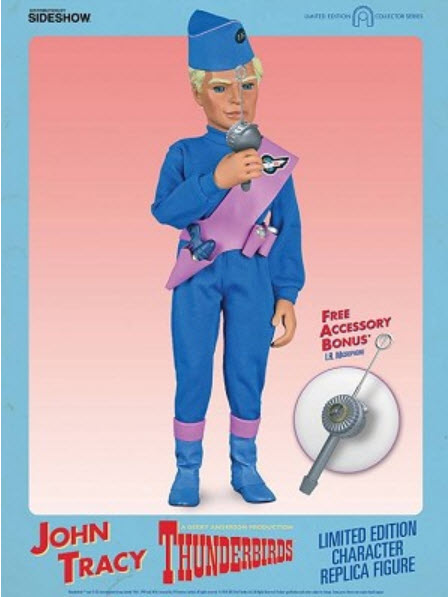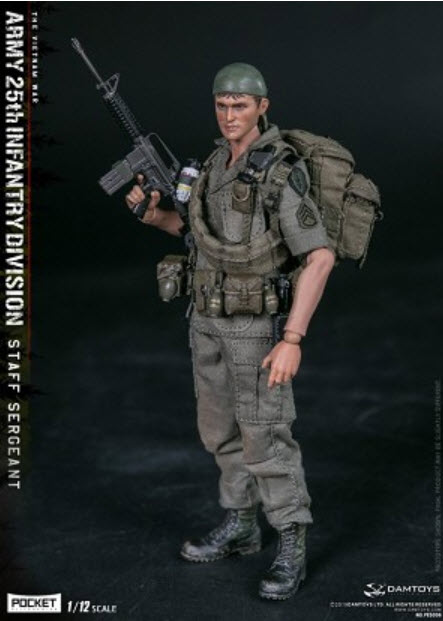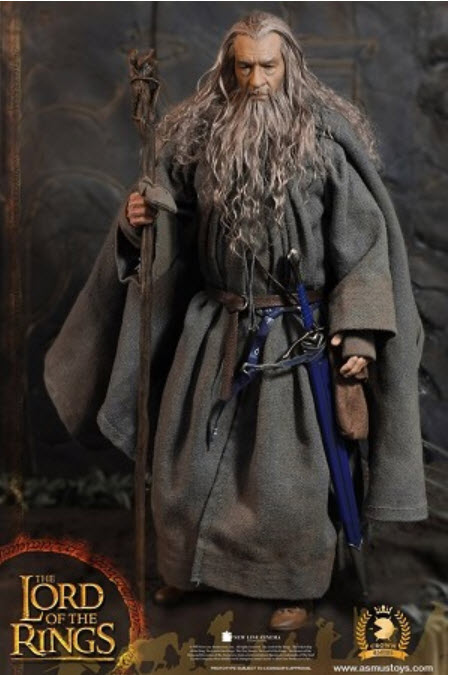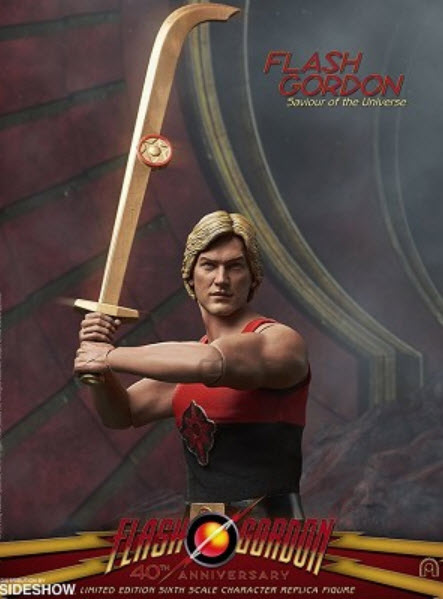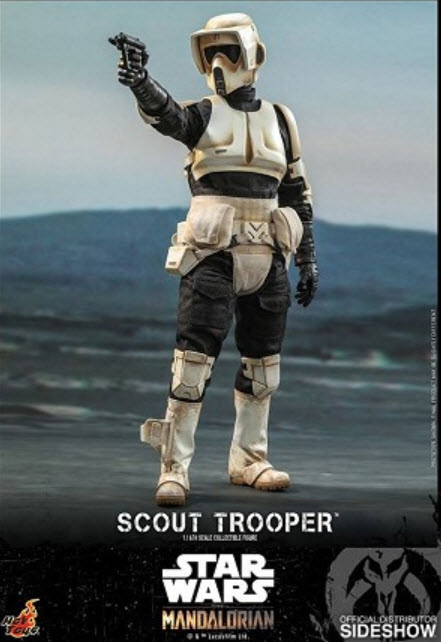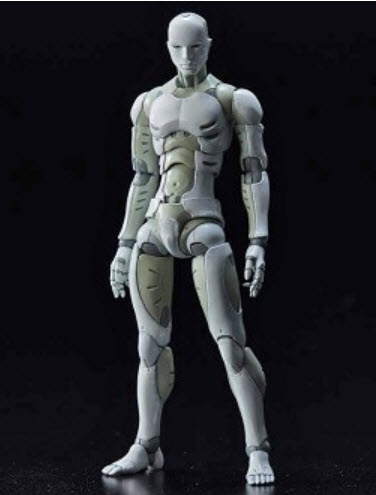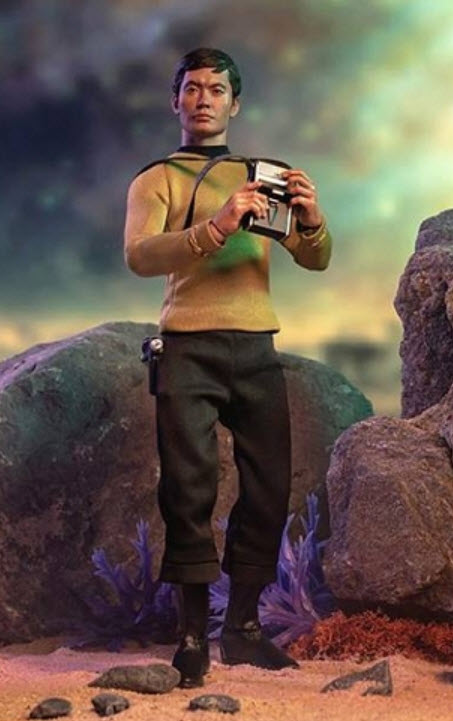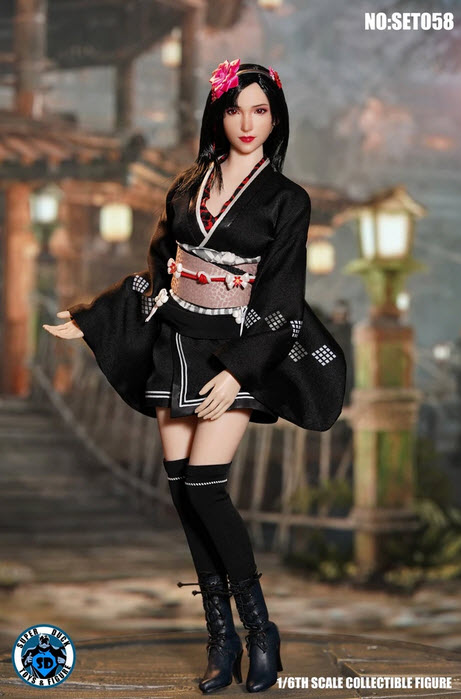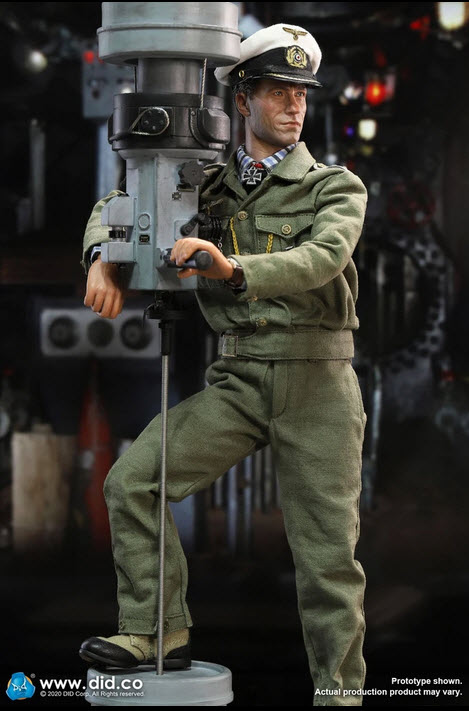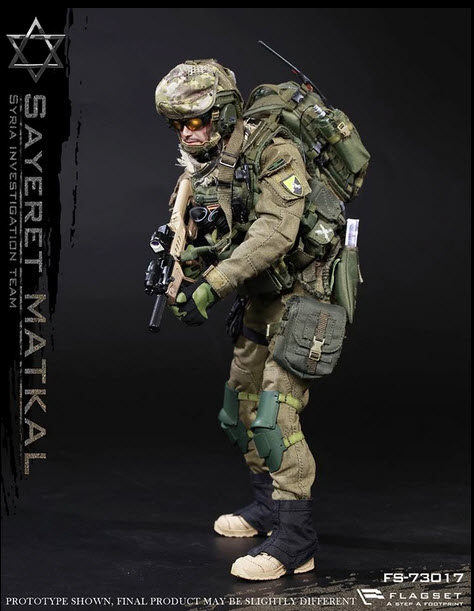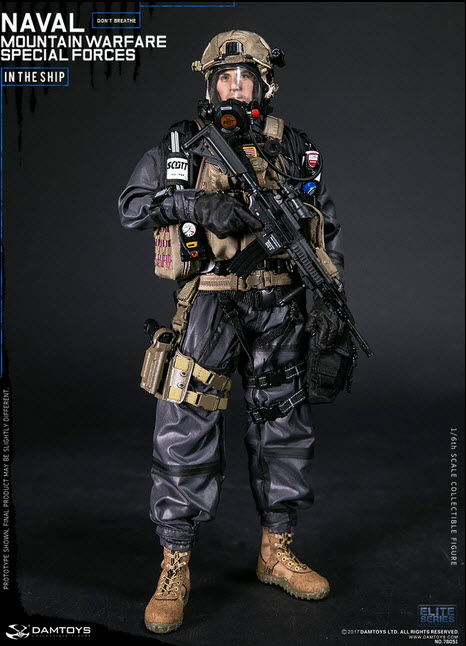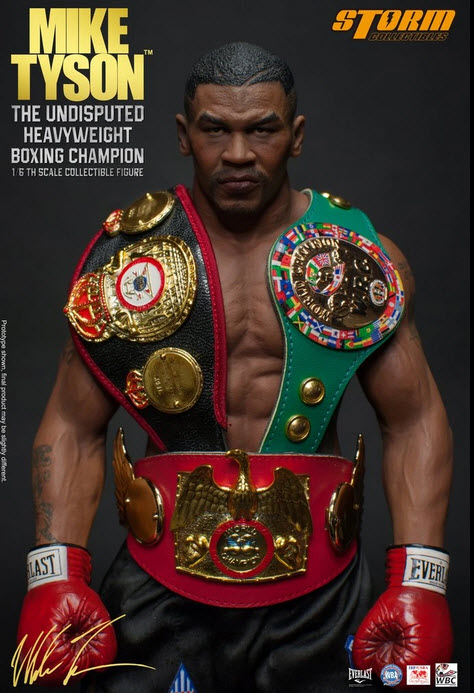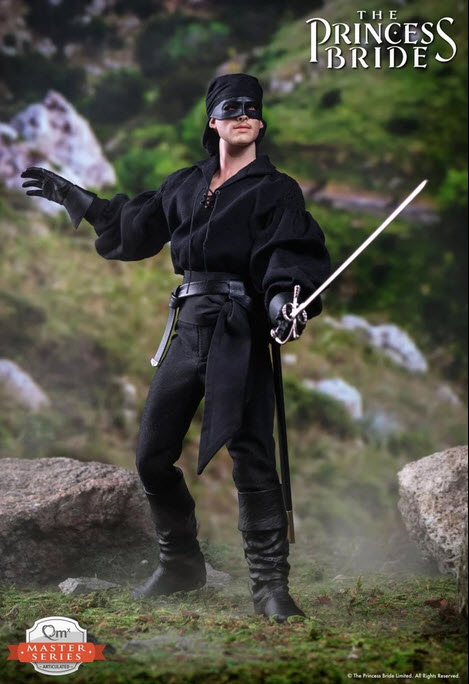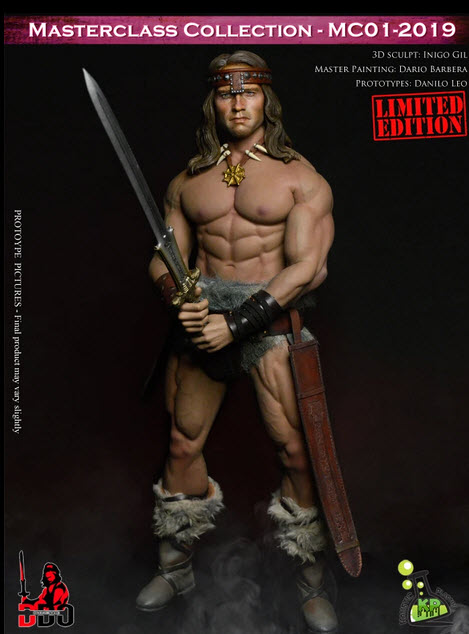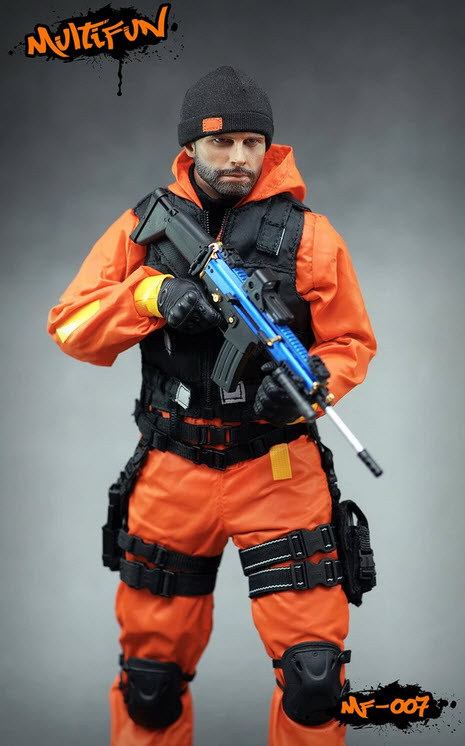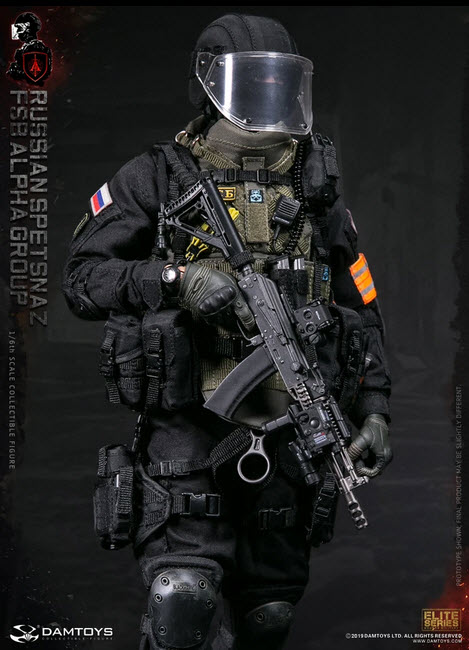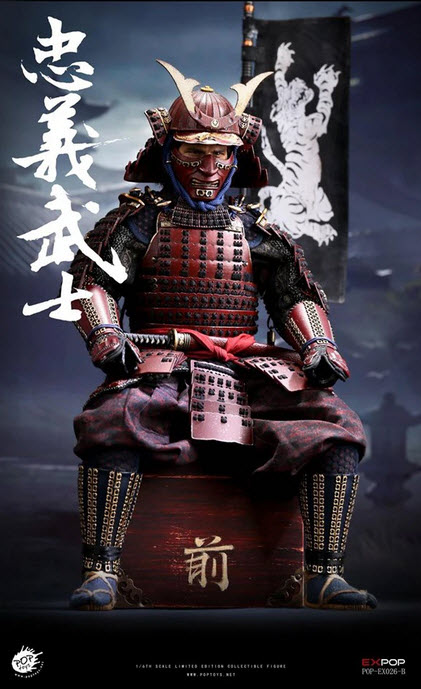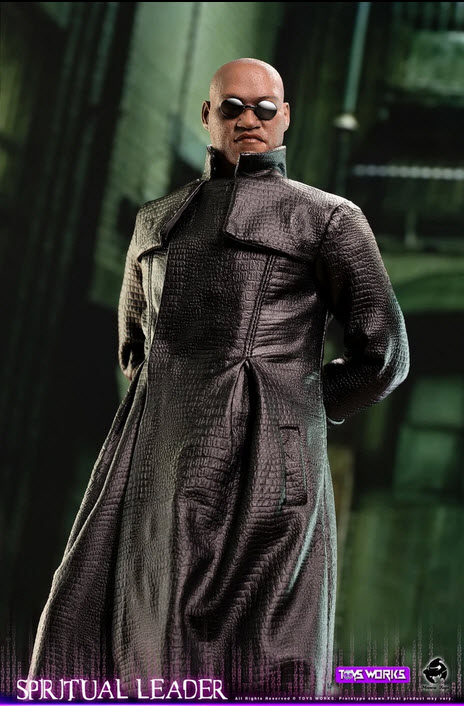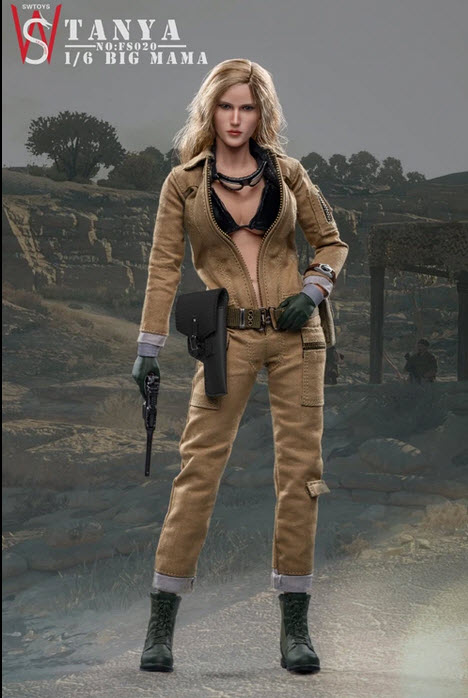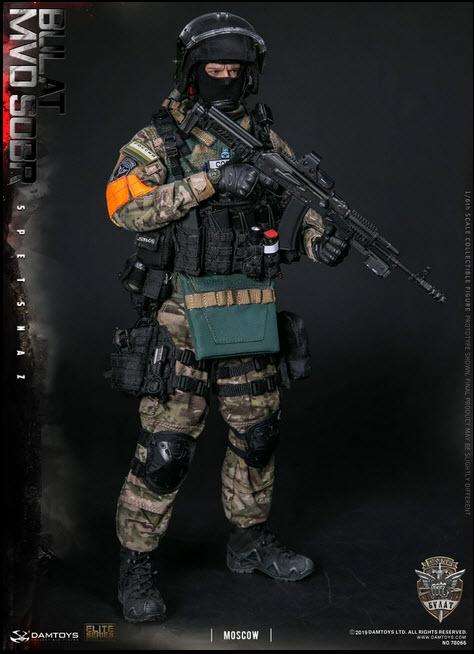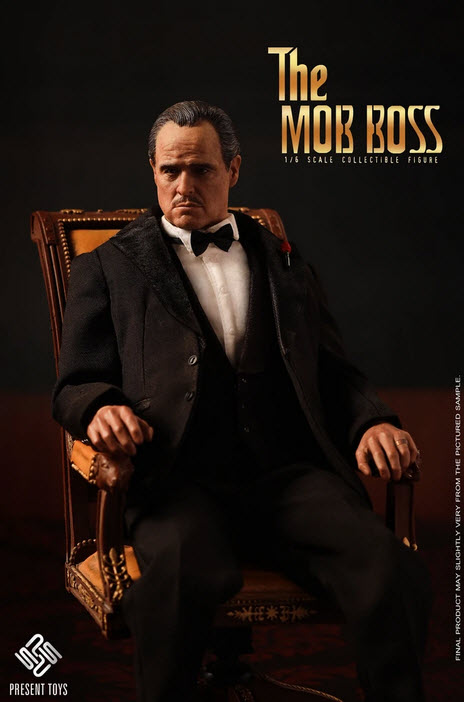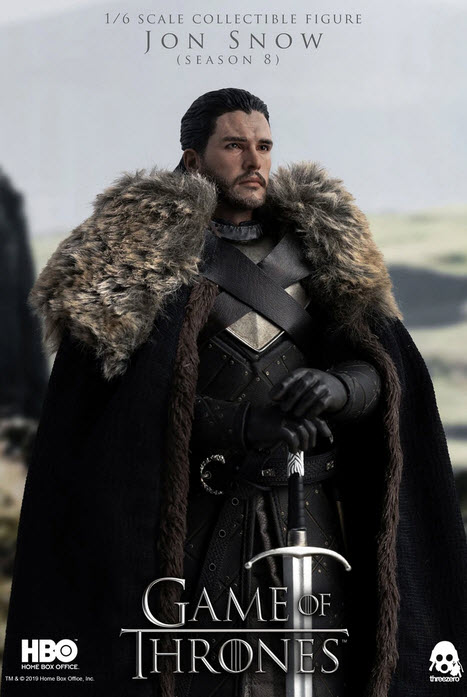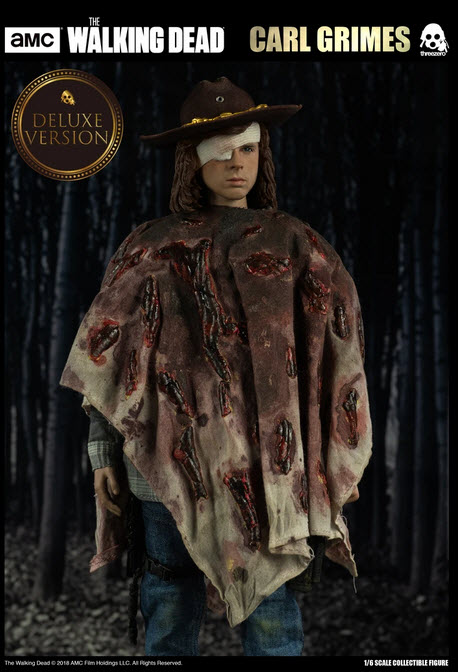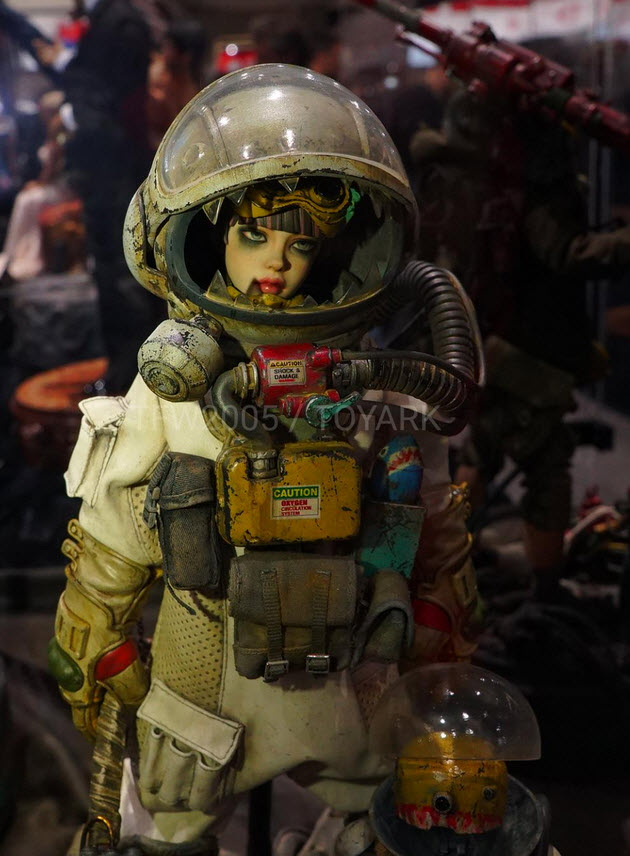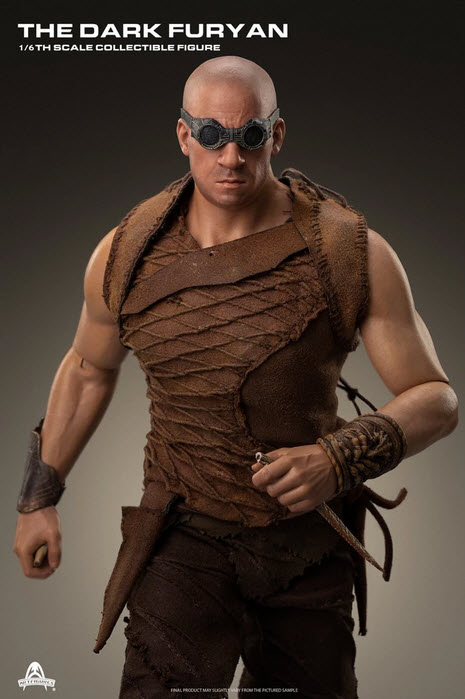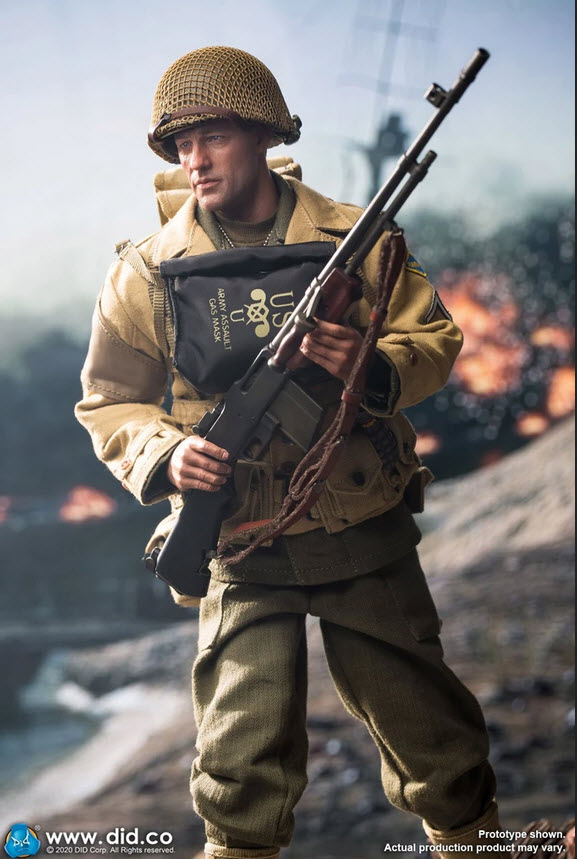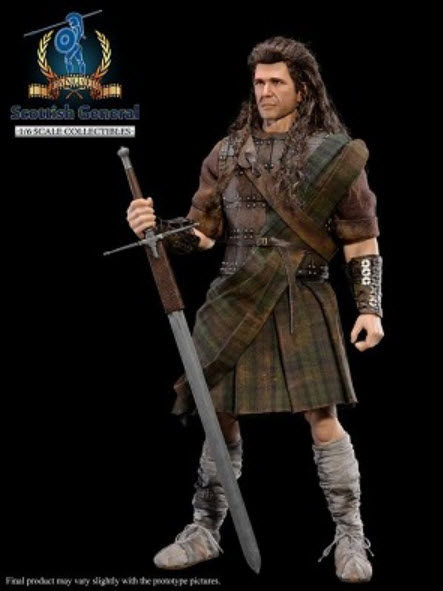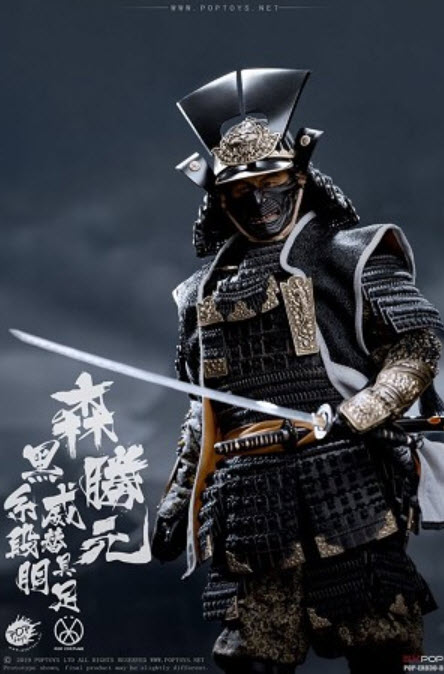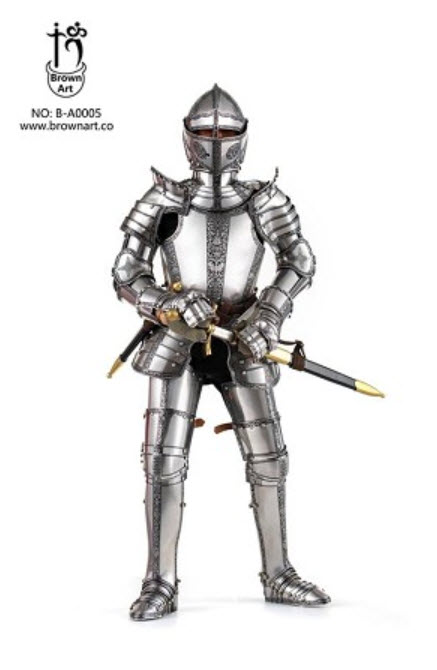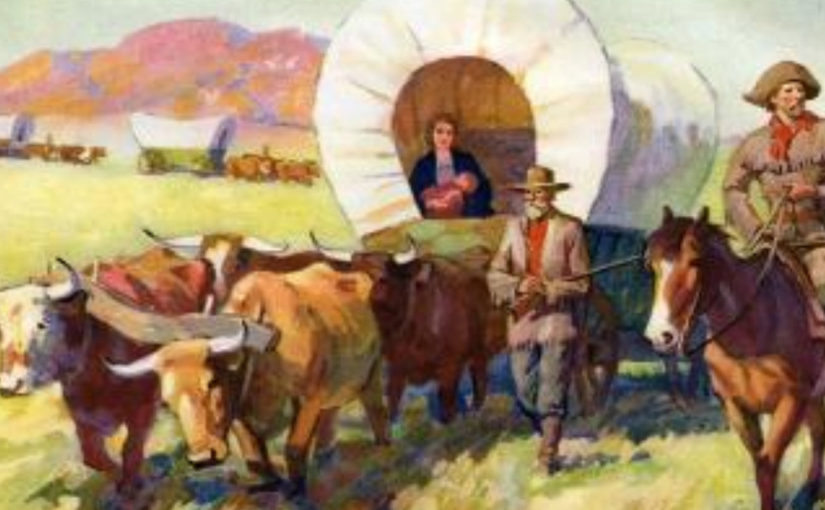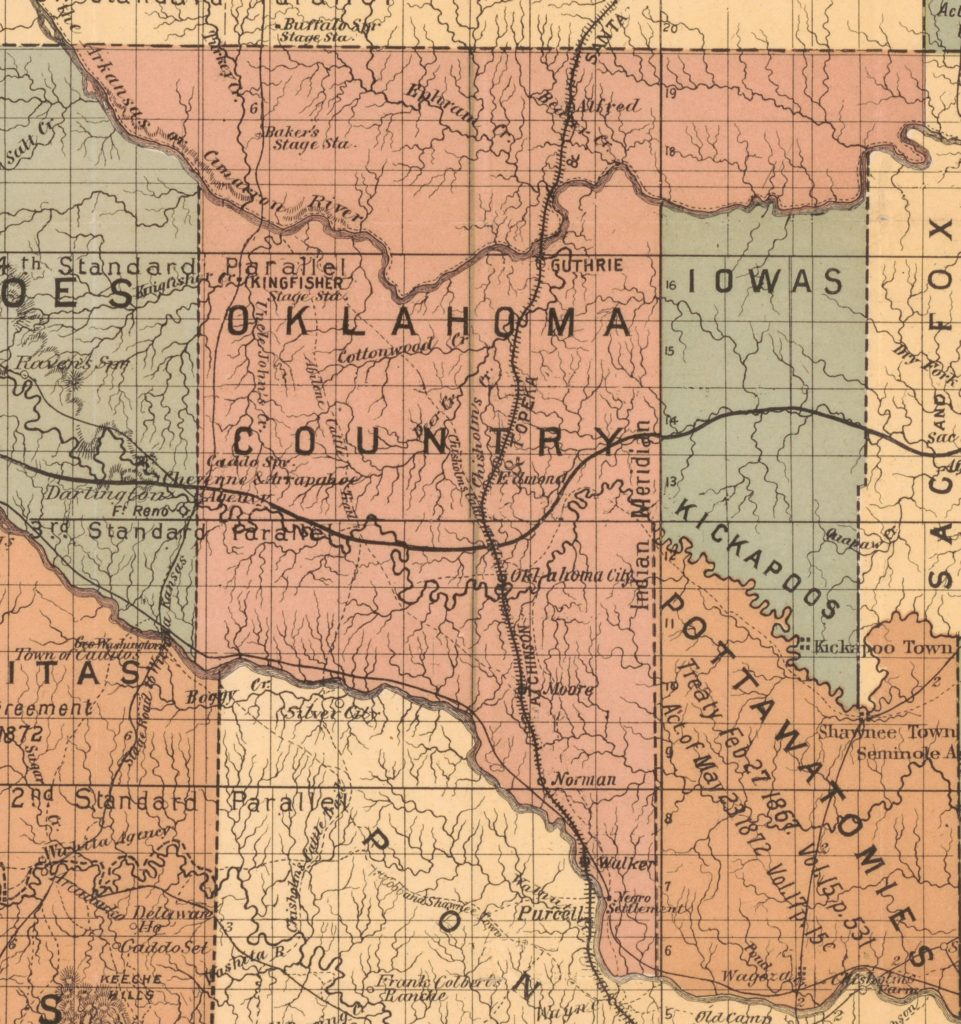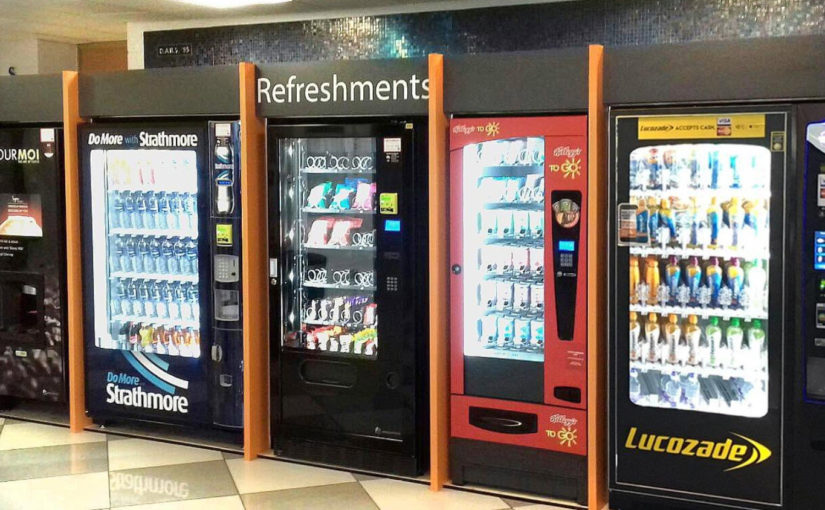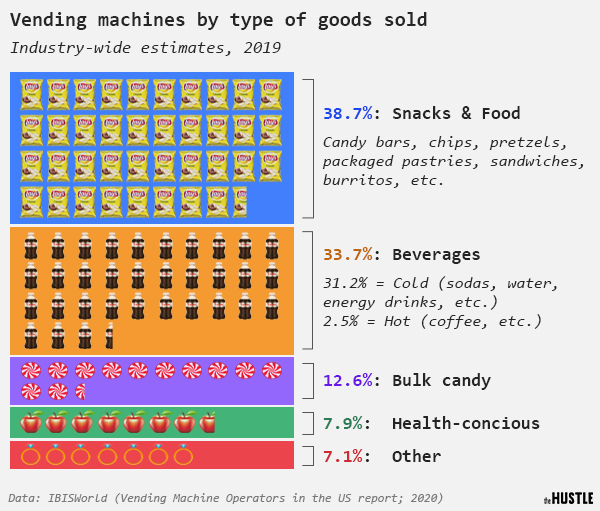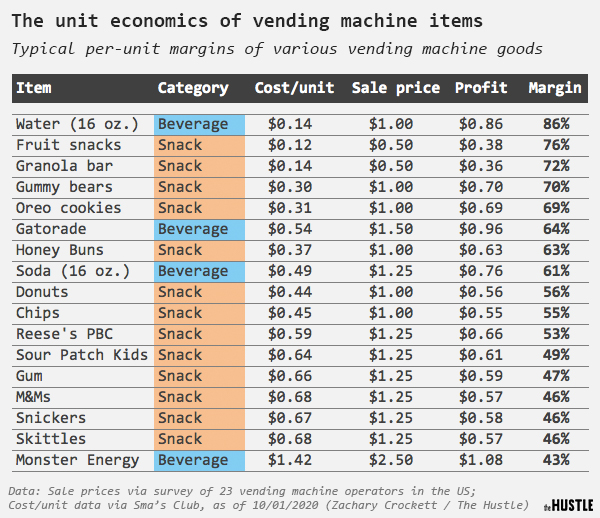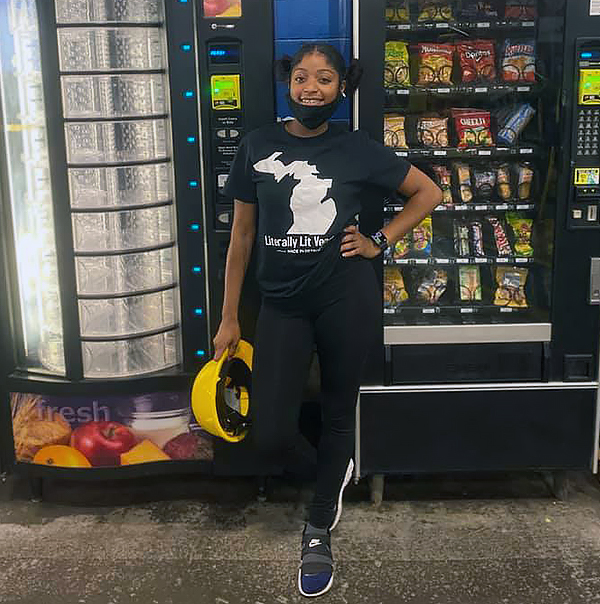Here, we are going to take on some lighter fare. We are going to look at the world of scale figurines. And what a world it is!
Essentially, these are dolls in a certain precise scale that is accurately reflective of the person being depicted. As such they are really marvelous if there is a person or representation that appeals to your sensibilities.

And since many of these figurines are of limited production builds (maybe less than a few thousand per model), they become collector items, that only get more valuable as time moves on.
These figurines run the range from pop cultural icons, to Hollywood characters, television characters, to historical figures, to fantasy presentations and to everything in between.

Space 1999 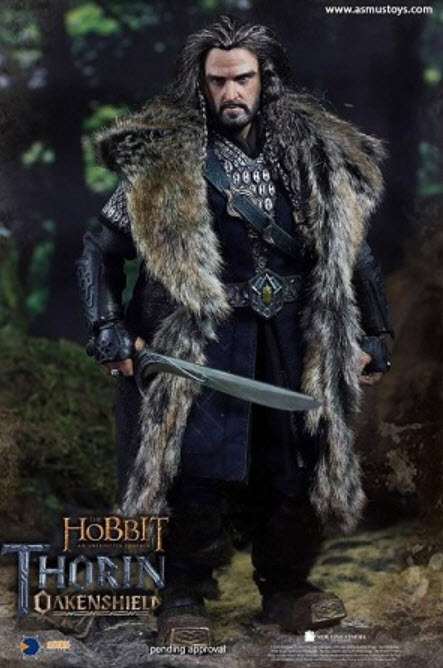
Thorin
Scales
Action figures come in all shapes and sizes and although it’s easy to break out a ruler and simply measure one of your action figures, that’s not going to help you to understand the scale references often used by toy companies and long-time collectors. Besides, it’s way cooler to tell a fellow collector on an action figure forum that you picked up some nice 1:10 scale figures. It’s all part of the lingo.
The term scale refers to the size ratio to a normal-sized object. In this case, we’re talking about smaller representations of the human figure. For standardization purposes, toy companies refer to the usual ideal human figure as being 6 feet tall (we’re usually talking about heroic figures such as Batman or Darth Vader, hence the height). Therefore an action figure that is also six feet tall would have a 1:1 ratio. A three-foot-tall action figure would have a 1:2 ratio and so on.
Over the years, some standards scales have been used in the action figure world. Take a look at the most common, starting from largest to smallest.
1:4 Scale (approx. 18″)
This scale is one of the largest common scales for action figures and is technically reserved for dolls if we’re going by the doll/action figure definition, as they often have “real” hair or cloth clothing. Examples of this format can be found in Sideshow’s Premium Format figures and the superhero dolls made by Tonner.
These are very BIG. I just cannot imagine anyone having one of them personally unless you all have a ton of room in your house.
1:6 Scale (approx. 12″)
This scale holds a special place in action figure history as it was the original size of the very first figure to sport the “action figure” moniker, G.I. Joe. This is also the scale of all the figurines posted in this article.
This was the reigning scale for action figures during the first decade or so after G.I. Joe hit the market and many companies toyed with 12″ figures of their own, including the 12″ Star Wars dolls from Kenner in the late ’70s and Mego’s 12″ line of superhero dolls, featuring Batman, Superman and a TV tie-in version of Wonder Woman.
1:9 Scale (approx. 8″)
This scale is pretty much exclusive to the Mego toy company’s World’s Greatest Heroes line of eight-inch action figures that ruled the toy aisles in the late ’70s and early ’80s. Other toy companies were quick to follow, such as Ideal with their famous monsters and Evel Knievel lines. This size became so popular that G.I. Joe himself shrunk down to this size (although a petroleum shortage needed to make plastic didn’t help, either).
1:10 Scale (approx. 7″)
For today’s collectors, the 1:10 scale seems to be the king of the hill. Several action figure lines are being produced in this format from Mattel’s DC Universe to Marvel’s Legends line. Mattel has made an even bigger splash with their Masters of the Universe Classics line that re-imagines the old school fantasy figures in a newer seven-inch scale. This size tends to be more popular with adult collectors than with children looking for play value.
1:18 Scale (approx. 3.75-4″)
Mego started it with their Pocket Heroes line in the late ’70s, followed shortly thereafter by Fisher-Price with their Adventure People line, but it would be Kenner’s massively popular Star Wars collection that would set the unshakable standard for action figures of this scale for almost 20 years. Figures in this scale were less expensive, easier to fit into vehicles and loads of fun to collect. Toy lines such as G.I. Joe: A Real American Hero did extremely well in this size as did many movie figures, such as Indiana Jones and Tron and figures based on TV shows, like The Dukes of Hazzard and ChiPs.
Although 3.75″ was the standard in this scale, a proper 1:18 scale figure should be 4″, and a recent resurgence in popularity of this size has brought us several new figure lines from Marvel, DC Comics, G.I. Joe and Star Wars.
1:12 Scale (approx. 5-6″)
Chances are if the figure was based on a movie made during the ’90s (Last Action Hero, Congo, Jurassic Park, Super Mario Brothers) their action figures were this size. Throughout the 1990s, figures ranging between five and six inches took over the action figure world, pretty much killing the 3.75″ figures and setting a new standard. Although not very popular today, figures in this scale will never be forgotten.
1:48 Scale (approx. 2″)
It should be noted that with the rise in popularity and collectability of figures such as Lego “minifigs” and other miniature, yet fully articulated, figures from other building sets such as Mega Bloks, the two-inch-tall figure is starting to hold its own and is beginning to command respect in the collectibles world. These figures may very well one day be the reigning scale standard in the not too distant future, so they get an honorable mention here.
1/6 scale – the “GI Joe” scale
Here are figurines that are of the 1:6 scale. The (so called) GI Joe size. I think that they are awesome, but I really don’t have the kind of disposable money to indulge in collecting these figures. I just have to go to Hong Kong (Mong Kok) and look at the figures in display instead.
Gallery
All the following figurines are in 1:6 scale. And we will start with a historical figure.

WWII German Wehrmacht Field Marshal (Karl Rudolf Gerd Von Rundstedt) 
WWII German Wehrmacht Field Marshal (Karl Rudolf Gerd Von Rundstedt)
And now for some fun…

Ted Theodore Logan 
Top Big Names
This world of action figures excites young and grown children for playing and collecting. It also excites me as I just really like to look at these things.
Of course, there are a number of fantastic online resources dedicated to action figures across the internet but it would be impossible to feature all of the great sites in one list. These are 10 of the more exhaustive sites in no particular order.
There is something for everyone on these sites, but do not limit your online experience to just these featured because there are many other online resources in the action figure collecting community.
First lets look at the big American companies that started this hobby…
Hasbro
Action figures simply wouldn’t exist as they do today if not for Hasbro’s influence on the creation of G.I. Joe in the 1960s. Their influence in the industry only grew in the ’80s with the re-envisioned G.I. Joe line and the introduction of Transformers.
On top of the lasting value of its own brands G.I. Joe and Transformers, Hasbro is possibly most recognized for its licensed brands, including Stars Wars and Marvel Comics. Because of these four brands, Hasbro’s action figures make up a huge portion of any modern action figure aisle, and this is all on top of their already dominant toy and board game presence.
Mattel
Mattel may be best-known for its doll phenomenon Barbie, but their presence in the action figure world has been a growing one. Mattel was primarily known among boys as the manufacturer of Hot Wheels until they stepped onto the action figure scene in a big way in the early 1980s with He-Man and the Masters of the Universe. He-Man was one of the single most popular figures of that era, and the line thrived for a number of years.
After He-Man’s fall into obscurity, Mattel’s influence in the collector action figure world was rather small until recently, with the revamped Masters of the Universe Classics line and the acquisition of the DC Comics, WWE Wrestling, and Ghostbusters licenses. Mattel is once again a major player in the collector action figure industry, taking up their own fair share of toy aisles.
Bandai
Bandai may be the biggest toy company of which you’ve never heard. Behind Mattel and Hasbro, Bandai is the world’s third-largest toy manufacturer and has a large presence in the action figure industry as well. The primary difference is that Bandai is a Japanese company, whose influence in the United States is enacted through Bandai America.
Bandai’s single biggest action figure line in the United States is the Power Rangers and its various incarnations. Many of the figures that most collectors ignore as they move through toy aisles are the cartoon and TV show based properties that Bandai thrives on. Despite many brands not taking off with collectors, Bandai’s authority has grown recently thanks to the newly acquired ThunderCats license and its star Lion-O.

McFarlane Toys
Todd McFarlane’s popularity in the world of comics in the late 1980s and early ’90s helped him launch two major companies, one of which was McFarlane Toys. McFarlane Toys made an impact on the action figure industry which is still being felt in many ways. They were the first to truly make action figures look good. Sculpt and paint techniques were taken to new heights, and that changed the direction action figures took. They finally started to become serious and grown-up.
The one major criticism of McFarlane Toys’ products is that they lacked the standard articulation that kids had become used to. That problem has been remedied with McFarlane’s newest products, as can be seen with the widely-popular Halo line based on the hit video game. McFarlane Toys is not as prominent a company as it once was, though its impact is still felt across toy aisles.
NECA
Figures produced by NECA (National Entertainment Collectibles Association) may not be featured heavily in the average big box store’s toy section, but their strictly collector-directed figures feature heavily at toy stores and comic shops, as well as online. Despite NECA being a relative newcomer on the action figure scene, it has become a major player thanks to its video game and movie licensed figures.
The importance of NECA to the industry as a whole can’t be underestimated, as its products bring non-collectors into the action figure world. Video game or movie fans who have never purchased an action figure before are suddenly supporting the industry thanks to the fantastic quality and likenesses NECA’s figures offer.
Hot Toys
Hong Kong-based manufacturer Hot Toys makes this list for one very simple reason. They make the absolute best action figures in the world. Although extremely expensive and on a scale (1/6) many collectors don’t collect, the figures Hot Toys produces are the best looking and highest quality on the market.
A vast majority of their figures are based on movie properties, and result in eerily life-like representations of the major characters, down to the real cloth costumes they are wearing. If you have a lot of money to spend and want the very best, look no farther than Hot Toys.
Top 10 Action Figure Websites
01 of 10 Toy News International kirahoffman / Public Domain Toy News International gathers a staggering amount of news from the action figure industry, typically featuring multiple news entries every day. Also, there are tons of galleries and features to enjoy when not reading news updates. Toy News International’s best feature is probably its robust and active forum featuring thousands of collectors discussing various lines, companies, and figures.
02 of 10 Seibertron.com Many sites focus on a breadth of lines and brands, Seibertron.com focuses specifically on Transformers. The site features some of the most incredible, far-reaching, and expert opinions on the world of Transformers action figures. There are extensive galleries of every Transformers figure imaginable, a huge forum with an extensive number of collectors, and constant news on every single aspect of the brand. If you are a Transformers fan, there’s no better resource than Seibertron.
03 of 10 Online Action Figure Entertainment Online Action Figure Entertainment maintains a number of interesting features throughout the years, such as editorials, comics, and a strong forum. The reason collectors keep coming back to the site is the variety of reviews posted regularly. The group running the site is made up of long-time collectors with bold opinions on their figures, and they are not shy about sharing them. OAFE reviews are detailed and honest, and there are a lot of them to peruse.
04 of 10 Figures.com This website takes advantage of the constant stream of action figure news that some other sites might miss. Every piece of news seems to make its way to the slick homepage, giving buyers and collectors tons of fresh content. There are also active forums, a variety of reviews, and a network of great sites like Yo Joe! and One Sixth Warriors in the Figures.com pantheon.
05 of 10 MWCToys.com MWCToys.com goes by many names. It is Captain Toy, it is Michael’s Review of the Week, and it is MWCToys. No matter what you call it, it is the ultimate home of action figure reviews by expert action figure reviewer Michael Crawford. When it comes to reviewing toys, Crawford is an absolute expert in the industry. The photos are incredible, the reviews are well-written, and the number and breadth of toys reviewed are astounding. To top it all off, this is the home of the Poppies, one of the most widely-recognized annual action figure awards.
06 of 10 The Toyark The Toyark is a news site with one of the Internet’s most active action figure discussion forums with great photo galleries and related features. News from every genre and brand of action figures is gathered on the Toyark, but collectors seeking more specific sites can enjoy popular stops like HissTank and TransformerWorld2005, a part of the Toyark network.
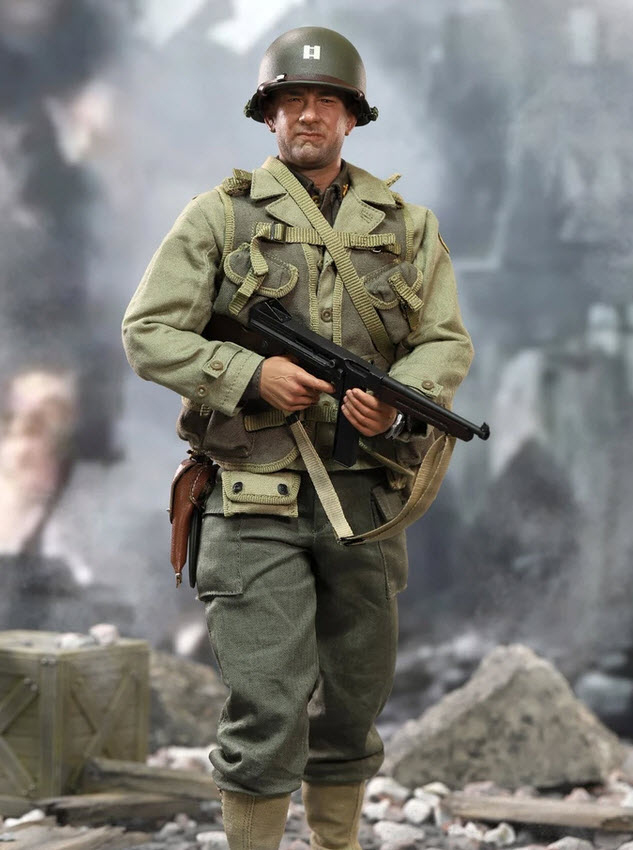
Saving Private Ryan 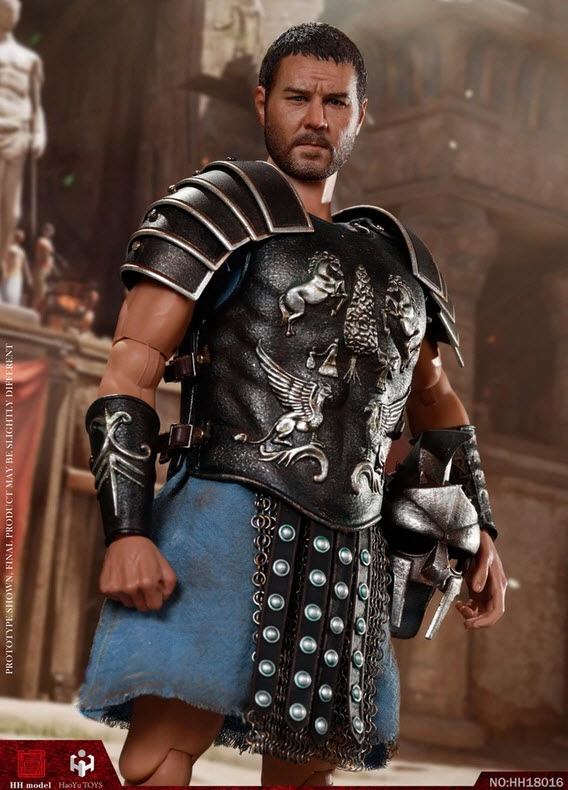
Gladiator
07 of 10 Pixel-Dan.com The online shopping world for action figures has always been a little behind other hobbies. In particular, video reviews of action figures lagged behind, but Pixel Dan changed all that. This site is the most prominent and professional video reviewer of action figures, and the archive is well maintained. This resource includes news, editorials, and a number of other exciting features.
08 of 10 He-Man.org Everything He-Man and Masters of the Universe can be found here. This site rose up to meet collectors‘ needs. It features everything imaginable that is related to the He-Man universe, including but not limited to, dedicated discussion forums, a plethora of news and features, action figure archives, photo galleries, and a comprehensive encyclopedia. Continue to 9 of 10 below.
09 of 10 Action Figure Insider Action Figure Insider is one of the most widely recognized and widely perused action figure sites on the internet. It features every conceivable piece of action figure news, has extremely active and vibrant forums, features well-written editorial pieces, includes a variety of checklists, and has wonderful event and convention photo galleries. Action Figure Insider has been around a while and will likely continue to be one of the best sites about the action figure industry for a long time to come.
10 of 10 The Fwoosh The Fwoosh has a good repository of news about action figures and maintains an active forum for discussion about figures, how to find other forums on a specific topic, and much more. The Fwoosh has its own line of super-poseable action figures and its own YouTube channel for recent action figure news and information.

WWII General Der Fallschirmtruppe 
WWII General Der Fallschirmtruppe
Conclusion
Yeah, I think that they look awesome. And while fundamentally they are just really super-detailed dolls, the detail and the appearance is attractive to me. As I have stated earlier, I cannot afford these figurines (or to put it plainer and more accurately) I cannot prioritize these figurines over other items that I cherish. You know like cases of wine, frolics with chicks at KTV’s, and diapers for my youngest child.
So, what I do when I am tired of the “news”, I go out and explore the various sites on the internet. (This used to be known as surfing the net.) And some of the sites that I explore are those of figurines.
Over the years there have been some rather amazing figurines that have been (how can I convey the impact) spectacular in design, detail and appearance. And while I cannot (and it is not my intent) to convince people that these figurines are contemporaneous artistic renderings of popular culture, it is something that I earnestly believe is true.
If you find yourself with some extra time on your hands, a stroll or browse through one of the above websites might be of colorful interest.
Do you want more?
I have more posts in my Happiness Index here…
Life & HappinessArticles & Links
You’ll not find any big banners or popups here talking about cookies and privacy notices. There are no ads on this site (aside from the hosting ads – a necessary evil). Functionally and fundamentally, I just don’t make money off of this blog. It is NOT monetized. Finally, I don’t track you because I just don’t care to.
To go to the MAIN Index;
Master Index.
- You can start reading the articles by going HERE.
- You can visit the Index Page HERE to explore by article subject.
- You can also ask the author some questions. You can go HERE .
- You can find out more about the author HERE.
- If you have concerns or complaints, you can go HERE.
- If you want to make a donation, you can go HERE.
Please kindly help me out in this effort. There is a lot of effort that goes into this disclosure. I could use all the financial support that anyone could provide. Thank you very much.
[wp_paypal_payment]


